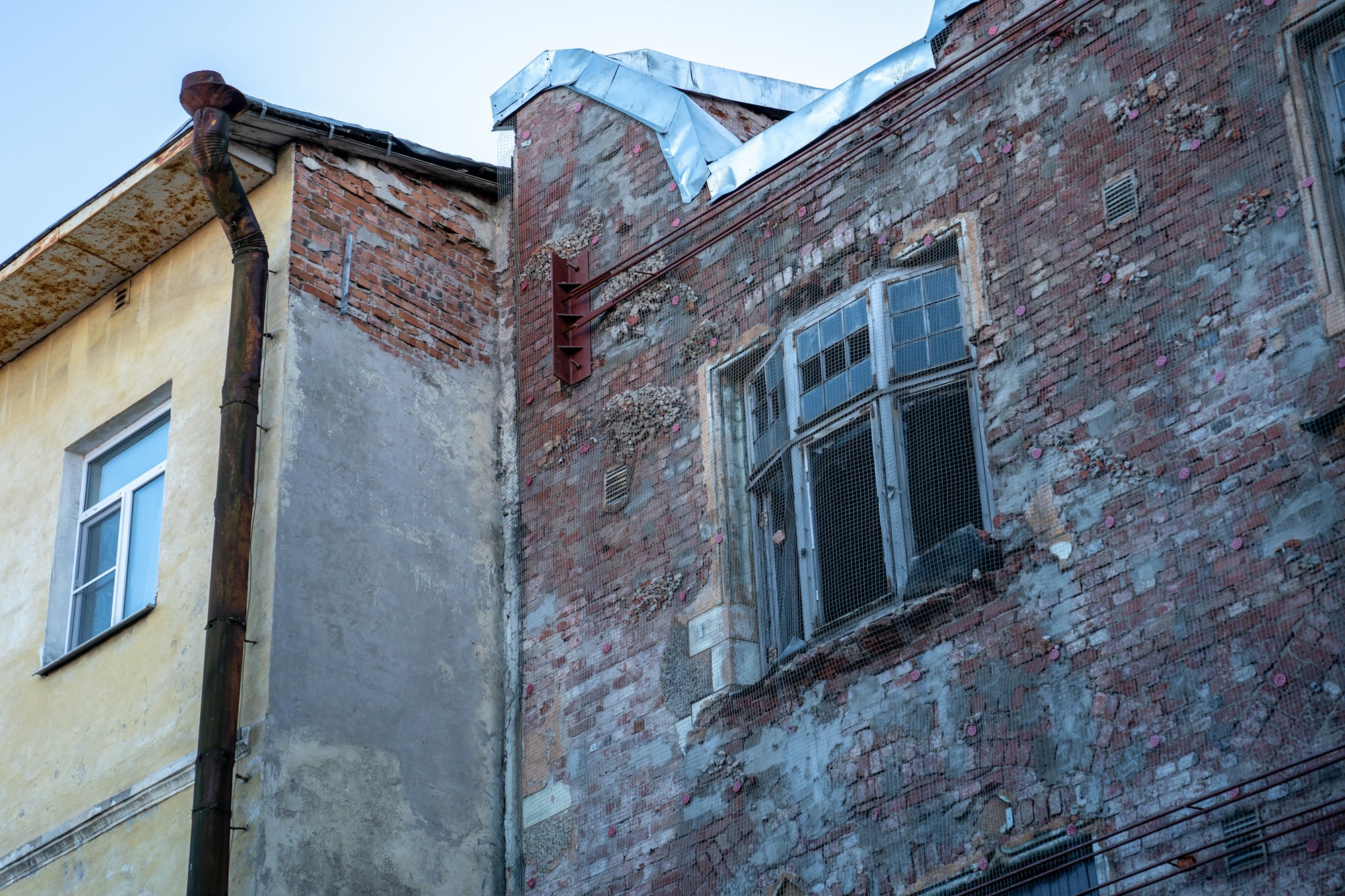Uncover the rich tapestry of the UK's Roman heritage as you journey through ancient structures that tell tales of a bygone era. Guided tours provide a unique lens to appreciate the artistry and engineering of Roman architecture. From the majestic ruins of Hadrian's Wall to the stunning Bath, these locations ensure an unforgettable experience. Discover the top sites that not only highlight the significance of Roman civilization but also inspire awe in every visitor.
Overview of Ancient Roman Architecture in the UK
Ancient Roman architecture in the UK offers a fascinating glimpse into the past, showcasing the ingenuity and architectural significance of Roman design. The Romans left an indelible mark on Britain, with their architectural prowess evident in numerous historical sites. Understanding the historical context of Roman architecture in the UK is crucial to appreciating its impact.
Also to discover : Discover the Top Ways for Tourists to Master Traditional Welsh Harp Music in Cardiff
Roman architecture was introduced to Britain during the Roman occupation, which began in AD 43. The Romans brought with them sophisticated building techniques, including the use of concrete, arches, and domes. These innovations allowed for the construction of impressive structures such as the Roman baths in Bath and Hadrian's Wall, which remain UK historical sites of great importance today.
Key architectural features of Roman structures include the use of columns, both decorative and structural, and the implementation of symmetrical designs. The Romans also excelled in constructing roads and aqueducts, which facilitated the expansion of their empire and improved urban planning.
This might interest you : Discover the Top UK Medieval Fairs to Experience Authentic British Crafts
The influence of Roman architecture on modern British design is evident in various aspects. Many contemporary buildings in the UK incorporate Roman elements, such as columns and arches, as a nod to this historical legacy. This enduring influence highlights the architectural significance of Roman innovations and their lasting impact on British architecture.
Top UK Locations for Guided Tours
Exploring Roman sites in the UK through guided tours offers an enriching journey into history. These tours provide insight into the architectural marvels and significant travel destinations left by the Romans.
London: The Heart of Roman Britain
In London, key sites such as the Roman Baths and the London Wall are must-visit attractions. Walking tours and bus tours are popular options, each offering a unique perspective on these historical landmarks. To make the most of your visit, consider exploring during off-peak times for a more relaxed experience. Various ticket options are available, catering to different preferences and budgets.
Bath: A Roman Spa City
The city of Bath is renowned for its well-preserved Roman Baths, a testament to Roman engineering and leisure culture. Guided experiences here include audio tours and expert-led sessions that delve into the history and significance of this ancient spa. Beyond the baths, visitors can explore Bath Abbey and marvel at the city's stunning Georgian architecture.
Chester: A Fortress of Roman History
Chester boasts impressive Roman City Walls and an amphitheater, offering a glimpse into its past as a Roman fortress. Themed tours and historical reenactments enhance the experience, bringing history to life. When exploring Chester, be sure to visit the amphitheater and take a walk along the ancient city walls.
Types of Guided Tours Available
Discovering Roman sites in the UK becomes more engaging with diverse tour types tailored to various interests. Guided tours offer a structured and enriching way to explore these ancient landmarks, providing insights that might be missed during self-guided visits.
Overview of Guided Tour Formats
- Walking Tours: These tours allow for an intimate exploration of sites, offering detailed commentary from knowledgeable guides. Walking tours are ideal for those who enjoy a leisurely pace and wish to absorb the ambiance of the surroundings.
- Bus Tours: Covering more ground, bus tours are perfect for visitors with limited time. They provide a comprehensive overview of multiple sites, often including expert narration.
- Virtual Tours: For those unable to visit in person, virtual tours offer a convenient alternative. These digital experiences provide historical context and visual access to Roman sites.
Special Interest Tours
Family-friendly tours cater to all ages, engaging young minds with interactive elements. Archaeology-focused tours delve deeper into the historical significance and excavation processes, appealing to history enthusiasts.
Benefits of Guided Tours
Guided tours provide educational experiences and structured itineraries, ensuring a thorough understanding of the site's history. They often include exclusive access to areas not open to the public, enhancing the overall experience.
Historical Significance of Roman Sites
Understanding the historical significance of Roman sites in the UK provides valuable insights into British history. Roman architecture played a pivotal role in shaping the country's cultural heritage. The introduction of advanced construction techniques and urban planning transformed the landscape, leaving a lasting legacy that continues to influence modern architecture.
Preservation efforts are crucial in maintaining the archaeological importance of these sites. Organisations and local authorities work tirelessly to protect these ancient landmarks, ensuring they remain accessible to the public. Conservation projects often involve meticulous restoration to prevent deterioration, allowing future generations to appreciate these historical treasures.
The impact of Roman architecture extends beyond historical appreciation; it significantly influences local communities. These sites attract tourists, boosting local economies and fostering a sense of pride among residents. Community engagement in preservation efforts further strengthens the connection between people and their cultural heritage.
In summary, the archaeological importance of Roman sites in the UK is undeniable. They serve as a testament to the ingenuity of Roman engineering and their enduring influence on British history and culture. Preservation and community involvement are key to safeguarding these treasures, ensuring their stories continue to be told for years to come.
Visitor Tips and Recommendations
Planning your trip to explore Roman sites in the UK can be an exciting adventure. Here are some travel tips to enhance your experience.
When booking guided tours, it's wise to secure your spots in advance, especially during peak tourist seasons. Look for tours that offer flexible cancellation policies, ensuring you can adjust your plans if needed. This approach provides peace of mind and guarantees your place on popular tours.
Packing essential items can make your visit more comfortable. Consider bringing a reusable water bottle, sunscreen, and comfortable walking shoes. These items will keep you hydrated, protected, and at ease while exploring the ancient sites.
When it comes to local accommodations, research nearby hotels or bed-and-breakfasts that offer easy access to the Roman sites you wish to visit. Many accommodations provide packages that include guided tours or discounts to nearby attractions, adding value to your stay.
Dining options near Roman sites often feature local cuisine, allowing you to immerse yourself in the regional culture. Look for restaurants that offer traditional dishes, providing a taste of the local flavours. Exploring these culinary delights can enrich your overall experience and leave you with lasting memories.
User Reviews and Experiences
Exploring Roman sites in the UK through guided tours often leaves visitors with memorable experiences. Visitor reviews frequently highlight the knowledgeable guides who bring history to life with engaging stories. Many tourists appreciate the depth of information provided, which enriches their understanding of Roman history.
A common theme in tour feedback is the impressive preservation of sites like the Roman Baths and Hadrian's Wall. Visitors express awe at the architectural marvels and often mention the seamless blend of ancient and modern elements in these locations.
Personal experiences shared by tourists often include recommendations for future visitors. Many suggest opting for early morning tours to avoid crowds, enhancing the overall experience. Some also recommend taking advantage of special tours that offer exclusive access to restricted areas, providing a unique perspective on these historical landmarks.
User testimonials frequently mention the value of interactive elements in tours, such as reenactments and multimedia presentations. These aspects not only entertain but also deepen visitors' connection to the past. Overall, the combination of expert guidance and immersive experiences makes visiting Roman sites a highlight for many travelers.











